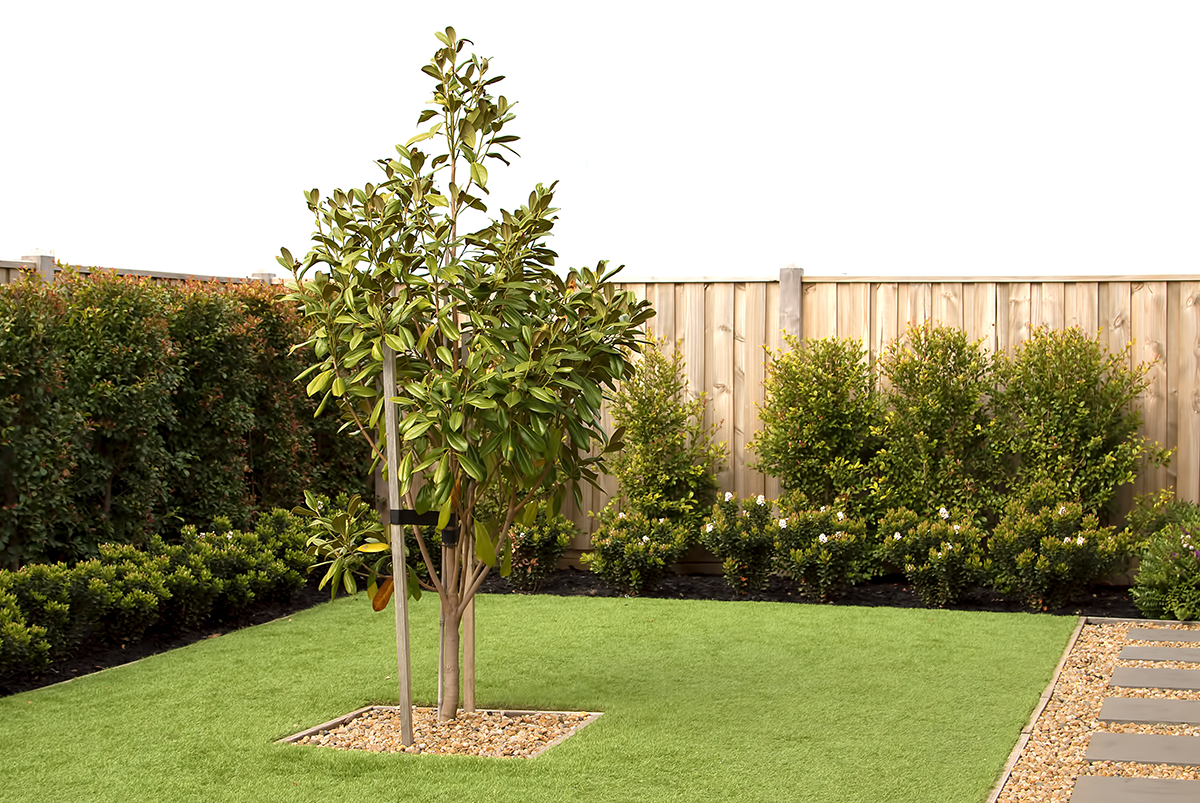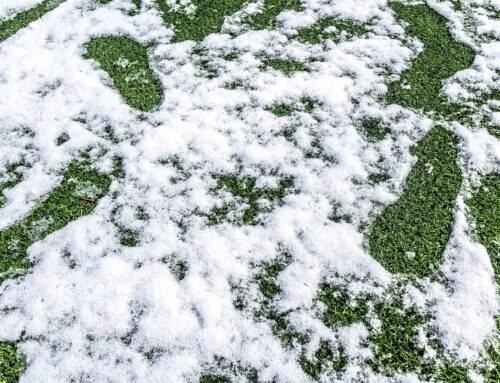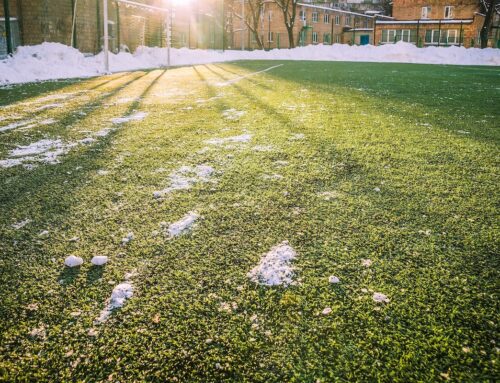Last Updated on June 28, 2022 by ReTurf
There’s a lot of talk these days about artificial grass, and what it can do for your home or business. But what is artificial grass, exactly? And how is it different from the natural stuff?
In this blog post, we’ll take a closer look at the anatomy of artificial grass – what goes into making it so special.
Materials That Make Up Artificial Grass
The first thing to know about artificial grass is that it’s not just one material. In fact, it’s made up of several different materials, all working together to create a product that looks and feels like real grass.
Here are the most important components of artificial grass:
The Backing: The backing is a layer of material that’s applied to the back of the turf. This helps to stabilize the artificial grass and prevent it from moving around.
The Blades of Grass: The blades of grass are usually made from polyethylene (PE), and they’re what give artificial grass its characteristic look.
The Adhesive: In some cases, an adhesive may be used to join together the different sections of artificial grass. This helps to improve the durability and longevity of the product at seams.
The Infill: This is the material that goes in between the blades of grass, and it can be either sand, rubber, or a combination of materials. The infill helps to support the blades of grass and also provides some cushioning.
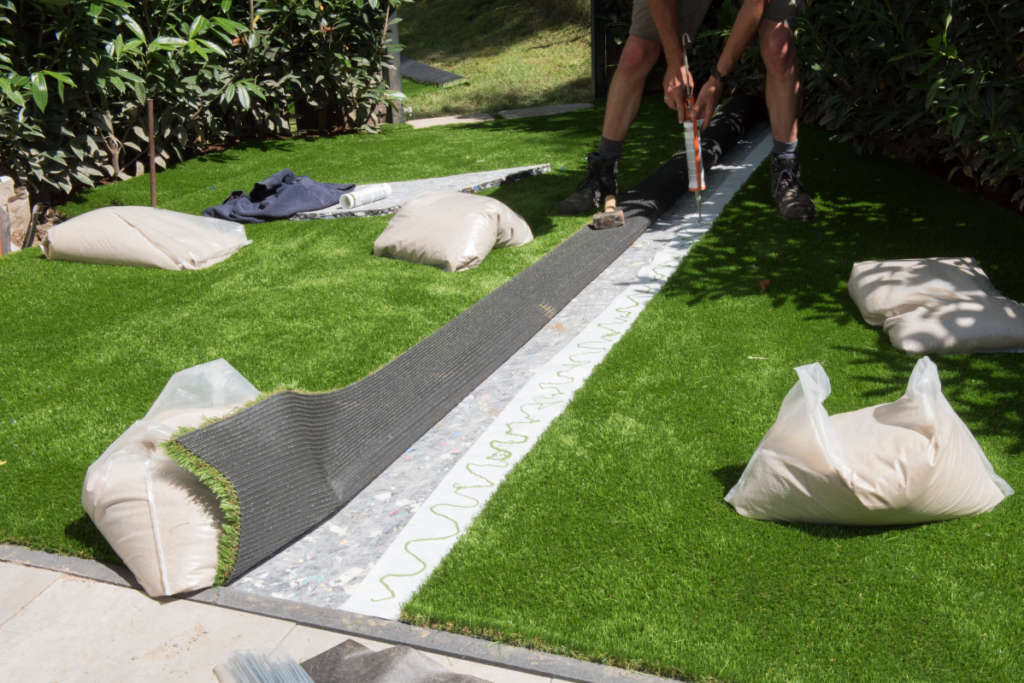
How Is Artificial Grass Manufactured?
Artificial grass is manufactured in a variety of ways, depending on the materials that are being used, including polyethylene, polypropylene, and nylon.
These materials are extruded into thin, strong fibers that are then tufted into a backing material. The backing material is usually made of polypropylene or polyurethane and helps to give the artificial grass its shape and structure.
Once the grass has been tufted, it is coated with a latex or resin adhesive to further secure the fibers in place.
What Are the Benefits of Artificial Grass?
There are many benefits to using artificial grass, both for residential and commercial applications.
Some of the most important benefits include:
- Artificial grass requires less maintenance than natural grass.
- Artificial grass is more durable than natural grass, and it can last for many years with proper care.
- Artificial grass can be used in a variety of different climates and locations.
- Artificial grass is safe for both children and pets.
- Artificial grass can help to save water since it doesn’t need to be watered as often as natural grass does.
These are just a few of the many benefits that artificial grass can offer. If you’re considering artificial grass for your home or business, be sure to weigh all of the pros and cons before making a decision.

Is Artificial Turf Good For My Landscape?
Artificial turf is one of the most rapidly growing segments within the landscape industry. The primary benefit of using artificial turf is the preservation of natural resources.
Landscaping with artificial turf decreases water usage, fertilizer and herbicide inputs, and emissions from lawn equipment. In addition, it reduces the amount of solid waste generated by traditional lawns – an estimated 1.3 million tons per year in the United States alone.
Because artificial turf lasts significantly longer than natural grass, it also helps to reduce the demand for landfilling. According to recent estimates, every square foot of artificial turf installed saves approximately 4 Adjusted Life Cycles (ALC) – meaning that it helps to preserve 4 times as much land area as would be required if natural grass were used instead. As a result, artificial turf can play an important role in both landscaping and waste management.
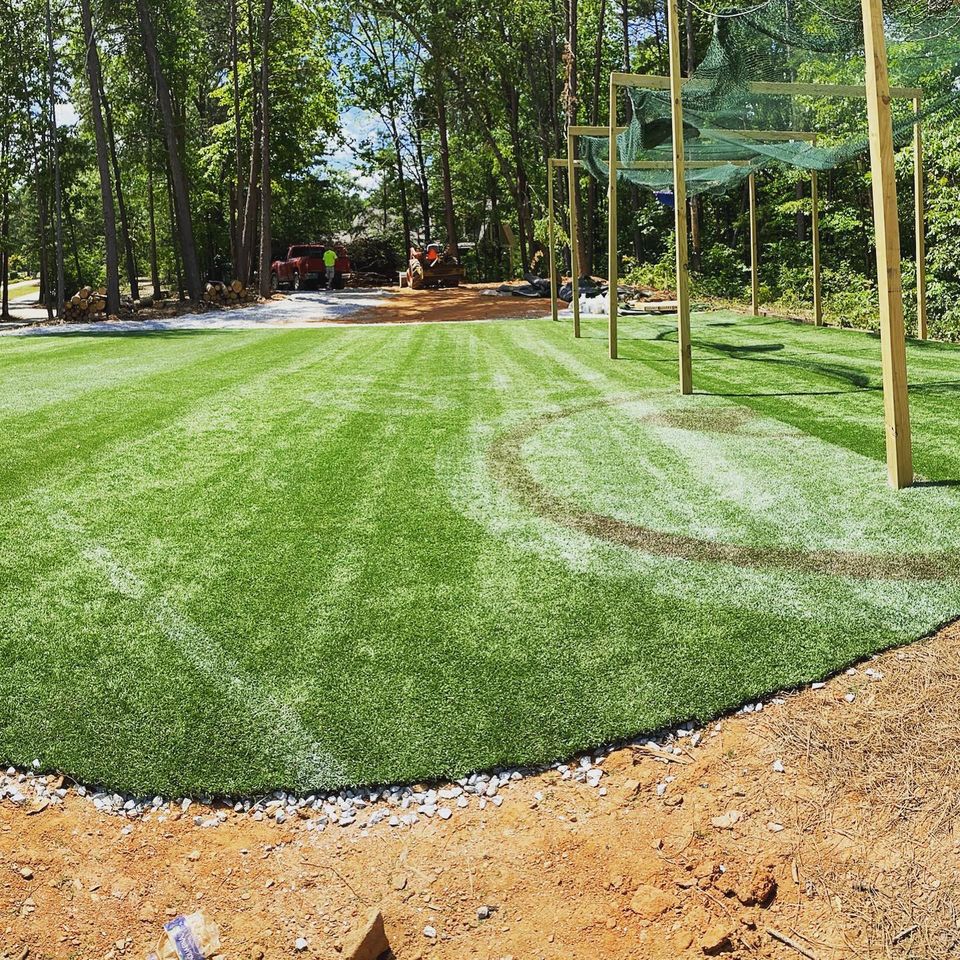
What About Used Turf?
Many of us have seen athletic fields made of artificial turf and wondered if this material could have other uses. It turns out that used sports turf is often reused in landscaping projects. Using recycled turf helps to keep this material out of landfills. So, the next time you see a field being replaced, don’t be surprised if the old turf ends up in your local park, playground, or in your own yard.
Now that you know a little bit more about the materials that go into making artificial grass, you can see why it’s such a popular choice for homeowners and businesses alike. If you’re looking for a product that looks and feels like real grass but is much easier to maintain, artificial grass may be the perfect solution.

